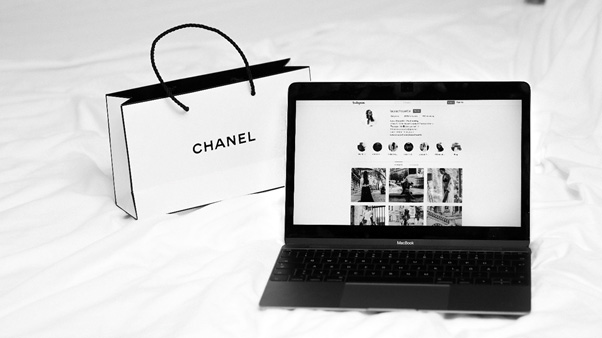
Pic Credits: Unsplash
Musings of a researcher- Dr. R. Venkatesh
Pandemic, two years of disruption, industries limping to reach normalcy, have been the trend so far. The fashion industry is no exception. The fashion industry (henceforth refereed, “Industry”) in its attempt to find its feet, is adopting new priorities for its active consumers with effective use of digital technology. Be it supply chain, varying demand, and constant pressure on cost and other challenges, industries are using digital technologies to minimize risks.
Some statistics about the growth of the Fashion Industry after 2020:
The general forecast was that the growth would slow down by 3 to 4 percent in 2020 and the trend might continue thereafter for one more year.
But by 2022, Pandemic allowing, many nations are set to pick up momentum in Fashion Business. This may be since consumers from different income levels are waiting for a chance to shop heavily on fashion after a two-year lull.
But how will the fashion industry span out?
The fashion fortunes may be highly polarized, keeping in mind, the havoc created by the pandemic and reduction in money supply mostly among middle-class sections who are one of the larger segments for this industry.
McKenzie, in one of its articles “Digital acceleration, advances in sustainability, and overall optimism point to recovery, but challenges remain for the fashion industry”, mentions the rise of Super Winners and HiddDigital acceleration, advances in sustainability, and overall optimism point to recovery. The challenges remain for the fashion industry champions, who will dominate the fashion industry in the coming years despite tough competition from innumerable brands. Many interesting facts emerge in their research. Sportswear dominates and Chinese companies outshine others. Gucci and Kering make impressive gains with their innovative ideas, creating high value for the customers. Among the “Hidden Champions”, Chanel and Rolex have made significant gains during this period.
All these companies have one thing in common. Their huge digital push among changing category landscapes and new digital frontiers. The sustainability factor can also help in the growth of the industry in the coming years.
“Even before the crisis, companies that were digitally and analytically mature outperformed competitors that hadn’t built robust digital and analytics capabilities. The COVID-19 crisis has only widened the gap between industry leaders and laggards. For leaders with the ability and willingness to invest, the pandemic has been an accelerator. As a top executive of a leading apparel player recently declared, “We’ve accomplished two years of digital transformation in two months.”
(Ref: The digital transformation of the fashion industry: Fad or future? Heuritech)
While physical distancing may continue, making visits to Brick – and mortar stores difficult, online transactions would become inevitable. Whether this would be an advantage to the fashion industry depends on how far the players in the industry are willing to raise e-commerce and automation to the next level.
It is estimated that the fashion apparel industry will grow from USD 1.5 trillion in 2020 to USD 2.25 trillion, in value. (Statista). This growth could also mean a complex global supply chain, more lean technologies in the production and distribution of fashion brands all involving more applications in AI and related fields. Digital acceleration will be seen as a possible solution to meet deadlines and Achieve customer satisfaction in Ultra, Premium, and Mass luxury products.
Thus, the digital transformation (read acceleration) will ease online and in-person shopping of future customers with effective use of Digital Assistants.
More on making the industry anti-cyclical, in our next discussion.
Dear readers, what is your take on this? Share your views so that we can continue to have useful inputs.
